
-
 Español
Español
-
 Portugues
Portugues
-
 Pусский
Pусский
-
 Français
Français
-
 Deutsch
Deutsch
-
 日本語
日本語
-
 한국어
한국어
-
 العربية
العربية
-
 Italiano
Italiano
-
 Nederlands
Nederlands
-
 Ελληνικά
Ελληνικά
-
 Svenska
Svenska
-
 Polski
Polski
-
 ไทย
ไทย
-
 Türk dili
Türk dili
-
 हिन्दी
हिन्दी
-
 Indonesia
Indonesia
-
 Melayu
Melayu
-
 Tiếng Việt
Tiếng Việt
-
 中文
中文
-
 dansk
dansk
-
 Magyar
Magyar
-
 қазақ
қазақ
-
 বাংলা
বাংলা
-
 עִברִית
עִברִית
-
 čeština
čeština
-
 Soomaali
Soomaali
-
 မြန်မာ
မြန်မာ
-
 فارسی
فارسی
-
 українська
українська
-
 norsk
norsk
-
 Gaeilge
Gaeilge
-
 беларускі
беларускі
-
 Română
Română
-
 ພາສາລາວ
ພາສາລາວ
-
 Filipino
Filipino
-
 lietuvių
lietuvių
-
 Cymraeg
Cymraeg
-
 македонски
македонски
-
 Suomalainen
Suomalainen
-
 slovenský
slovenský
-
 o'zbek
o'zbek
-
 اردو
اردو
-
 հայերեն
հայերեն
-
 Igbo
Igbo
-
 български
български
-
 سنڌي
سنڌي
-
 Shona
Shona
-
 සිංහල
සිංහල
-
 Hrvatski
Hrvatski
-
 íslenskur
íslenskur
-
 galego
galego
-
 català
català
-
 Zulu South Africa
Zulu South Africa
-
 Afrikaans isiXhosa
Afrikaans isiXhosa
-
 ಕನ್ನಡ
ಕನ್ನಡ
-
 lëtzebuergesch
lëtzebuergesch
-
 Indonésia Sunda
Indonésia Sunda
-
 basa jawa
basa jawa
-
 ગુજરાતી
ગુજરાતી
-
 Кыргызча
Кыргызча
-
 тоҷикӣ
тоҷикӣ
-
 Србија
Србија
-
 Twi
Twi
-
 Hawaii
Hawaii
-
 Cebu
Cebu
-
 नेपाल
नेपाल
-
 euskara
euskara
-
 Kurdî
Kurdî
-
 frissi
frissi
-
 יידיש
יידיש
-
 latvija
latvija
-
 slovenija
slovenija
-
 kiswahili
kiswahili
-
 ਪੰਜਾਬ
ਪੰਜਾਬ
-
 پښتو
پښتو
-
 საქართველოს
საქართველოს
-
 hua moni
hua moni
-
 bosna
bosna
-
 తెలుగు
తెలుగు
-
 தமிழ்
தமிழ்
-
 Kreyòl ayisyen
Kreyòl ayisyen
-
 Eesti
Eesti
-
 Corsica
Corsica
-
 Yoruba
Yoruba
-
 Gàidhlig na h-Alba
Gàidhlig na h-Alba
-
 Samoa
Samoa
-
 Монгол
Монгол
-
 Hausa
Hausa
-
 Azərbaycan
Azərbaycan
-
 አማራ
አማራ
-
 Shqipëria
Shqipëria
-
 Malagasy
Malagasy
-
 मराठी
मराठी
-
 മലയാളം
മലയാളം
-
 Malta
Malta
-
 ខ្មែរ
ខ្មែរ
-
 Chicheva
Chicheva
-
 中文(繁体)
中文(繁体)
-
 ଓଡିଆ
ଓଡିଆ
-
 Setswana
Setswana
-
 Afrikaans
Afrikaans
-
 Aymara
Aymara
-
 Башҡорт
Башҡорт
-
 Türkmenler
Türkmenler
-
 ትግሪኛ
ትግሪኛ
-
 Afaan Oromoo
Afaan Oromoo
-
 অসমীয়া
অসমীয়া
-
 Kinyarwanda
Kinyarwanda
-
 Ilocano
Ilocano
-
 Wolof
Wolof
-
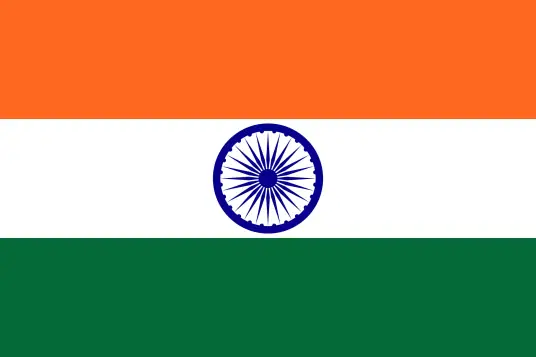 अवधी
अवधी
-
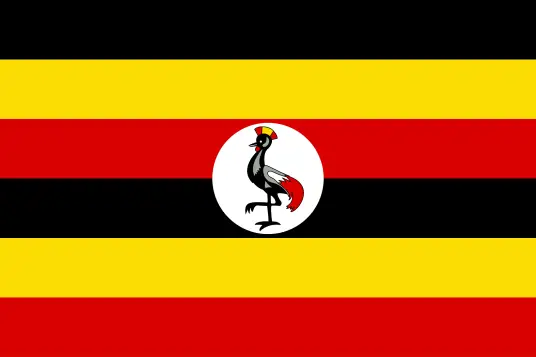 Oluganda
Oluganda
-
 Bikol
Bikol
-
 Fulɓe
Fulɓe
-
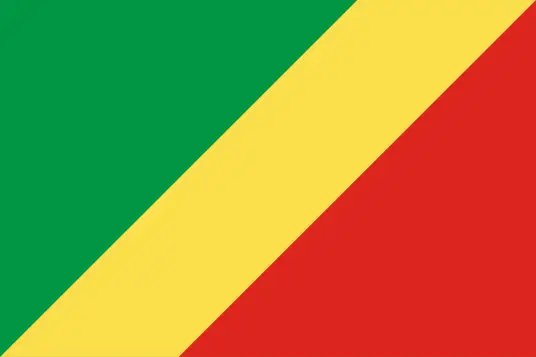 Kikongo
Kikongo
-
 Sango
Sango
-
 ދިވެހި
ދިވެހި
-
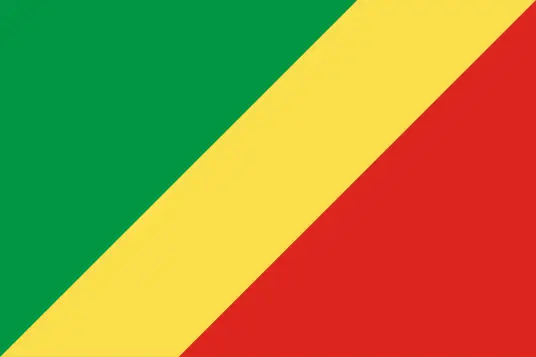 Lingala
Lingala
-
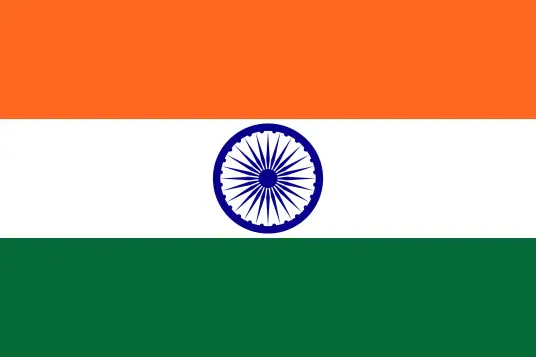 मैथिली
मैथिली
-
 Tsonga
Tsonga
-
 ꯃꯦꯏ ꯊꯥꯏ꯫
ꯃꯦꯏ ꯊꯥꯏ꯫
-
 brezhoneg
brezhoneg
-
 Furlan
Furlan
-
 नेवा
नेवा
-
 རྫོང་ཁ
རྫོང་ཁ
-
 Santali
Santali
-
 Аҧсуа
Аҧсуа
-
 Нохчийн
Нохчийн
-
 Чӑваш
Чӑваш
-
 Татар
Татар
-
 Batak Karo
Batak Karo
-
 دری
دری
-
 Diura
Diura
-
 Fengyu
Fengyu
-
 Eʋegbe
Eʋegbe
-
 Iban
Iban
-
 Fiji
Fiji
-
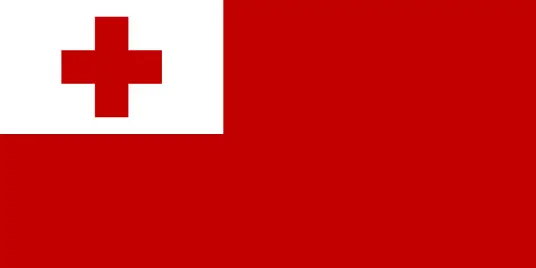 Tonga
Tonga
-
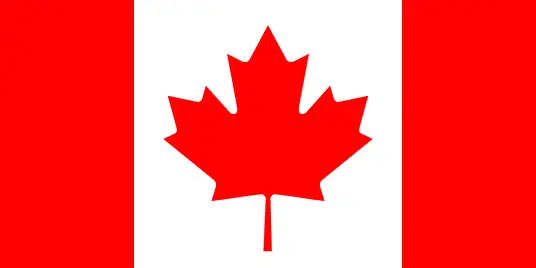 Inuktitut
Inuktitut
-
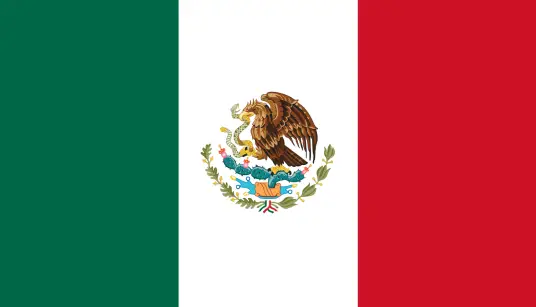 Nahuatl
Nahuatl
-
 maaya yucatec
maaya yucatec
-
 Runasimi
Runasimi
-
 guarani
guarani
-
 Qafar
Qafar
-
 Acholi
Acholi
-
 Dinka
Dinka
-
 Luo
Luo
-
 Lundi
Lundi
-
 isiNdebele
isiNdebele
-
 Tshivenḓa
Tshivenḓa
-
 Sesotho sa Leboa
Sesotho sa Leboa
-
 Sesotho sa Borwa
Sesotho sa Borwa
-
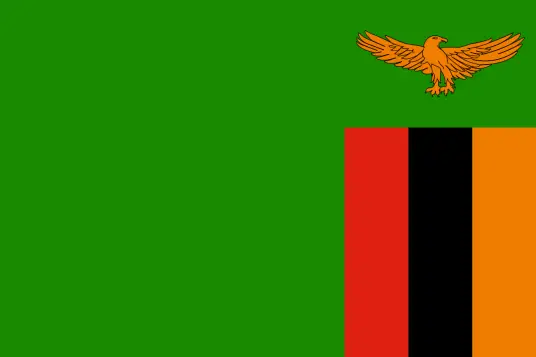 Ndumbe
Ndumbe
-
 Papuan Pidgin
Papuan Pidgin
-
 Rromani ćhib
Rromani ćhib
-
 Thok Nath
Thok Nath
yuxiatugong@163.com
+86 18353494641
-
 Español
Español
-
 Portugues
Portugues
-
 Pусский
Pусский
-
 Français
Français
-
 Deutsch
Deutsch
-
 日本語
日本語
-
 한국어
한국어
-
 العربية
العربية
-
 Italiano
Italiano
-
 Nederlands
Nederlands
-
 Ελληνικά
Ελληνικά
-
 Svenska
Svenska
-
 Polski
Polski
-
 ไทย
ไทย
-
 Türk dili
Türk dili
-
 हिन्दी
हिन्दी
-
 Indonesia
Indonesia
-
 Melayu
Melayu
-
 Tiếng Việt
Tiếng Việt
-
 中文
中文
-
 dansk
dansk
-
 Magyar
Magyar
-
 қазақ
қазақ
-
 বাংলা
বাংলা
-
 עִברִית
עִברִית
-
 čeština
čeština
-
 Soomaali
Soomaali
-
 မြန်မာ
မြန်မာ
-
 فارسی
فارسی
-
 українська
українська
-
 norsk
norsk
-
 Gaeilge
Gaeilge
-
 беларускі
беларускі
-
 Română
Română
-
 ພາສາລາວ
ພາສາລາວ
-
 Filipino
Filipino
-
 lietuvių
lietuvių
-
 Cymraeg
Cymraeg
-
 македонски
македонски
-
 Suomalainen
Suomalainen
-
 slovenský
slovenský
-
 o'zbek
o'zbek
-
 اردو
اردو
-
 հայերեն
հայերեն
-
 Igbo
Igbo
-
 български
български
-
 سنڌي
سنڌي
-
 Shona
Shona
-
 සිංහල
සිංහල
-
 Hrvatski
Hrvatski
-
 íslenskur
íslenskur
-
 galego
galego
-
 català
català
-
 Zulu South Africa
Zulu South Africa
-
 Afrikaans isiXhosa
Afrikaans isiXhosa
-
 ಕನ್ನಡ
ಕನ್ನಡ
-
 lëtzebuergesch
lëtzebuergesch
-
 Indonésia Sunda
Indonésia Sunda
-
 basa jawa
basa jawa
-
 ગુજરાતી
ગુજરાતી
-
 Кыргызча
Кыргызча
-
 тоҷикӣ
тоҷикӣ
-
 Србија
Србија
-
 Twi
Twi
-
 Hawaii
Hawaii
-
 Cebu
Cebu
-
 नेपाल
नेपाल
-
 euskara
euskara
-
 Kurdî
Kurdî
-
 frissi
frissi
-
 יידיש
יידיש
-
 latvija
latvija
-
 slovenija
slovenija
-
 kiswahili
kiswahili
-
 ਪੰਜਾਬ
ਪੰਜਾਬ
-
 پښتو
پښتو
-
 საქართველოს
საქართველოს
-
 hua moni
hua moni
-
 bosna
bosna
-
 తెలుగు
తెలుగు
-
 தமிழ்
தமிழ்
-
 Kreyòl ayisyen
Kreyòl ayisyen
-
 Eesti
Eesti
-
 Corsica
Corsica
-
 Yoruba
Yoruba
-
 Gàidhlig na h-Alba
Gàidhlig na h-Alba
-
 Samoa
Samoa
-
 Монгол
Монгол
-
 Hausa
Hausa
-
 Azərbaycan
Azərbaycan
-
 አማራ
አማራ
-
 Shqipëria
Shqipëria
-
 Malagasy
Malagasy
-
 मराठी
मराठी
-
 മലയാളം
മലയാളം
-
 Malta
Malta
-
 ខ្មែរ
ខ្មែរ
-
 Chicheva
Chicheva
-
 中文(繁体)
中文(繁体)
-
 ଓଡିଆ
ଓଡିଆ
-
 Setswana
Setswana
-
 Afrikaans
Afrikaans
-
 Aymara
Aymara
-
 Башҡорт
Башҡорт
-
 Türkmenler
Türkmenler
-
 ትግሪኛ
ትግሪኛ
-
 Afaan Oromoo
Afaan Oromoo
-
 অসমীয়া
অসমীয়া
-
 Kinyarwanda
Kinyarwanda
-
 Ilocano
Ilocano
-
 Wolof
Wolof
-
 अवधी
अवधी
-
 Oluganda
Oluganda
-
 Bikol
Bikol
-
 Fulɓe
Fulɓe
-
 Kikongo
Kikongo
-
 Sango
Sango
-
 ދިވެހި
ދިވެހި
-
 Lingala
Lingala
-
 मैथिली
मैथिली
-
 Tsonga
Tsonga
-
 ꯃꯦꯏ ꯊꯥꯏ꯫
ꯃꯦꯏ ꯊꯥꯏ꯫
-
 brezhoneg
brezhoneg
-
 Furlan
Furlan
-
 नेवा
नेवा
-
 རྫོང་ཁ
རྫོང་ཁ
-
 Santali
Santali
-
 Аҧсуа
Аҧсуа
-
 Нохчийн
Нохчийн
-
 Чӑваш
Чӑваш
-
 Татар
Татар
-
 Batak Karo
Batak Karo
-
 دری
دری
-
 Diura
Diura
-
 Fengyu
Fengyu
-
 Eʋegbe
Eʋegbe
-
 Iban
Iban
-
 Fiji
Fiji
-
 Tonga
Tonga
-
 Inuktitut
Inuktitut
-
 Nahuatl
Nahuatl
-
 maaya yucatec
maaya yucatec
-
 Runasimi
Runasimi
-
 guarani
guarani
-
 Qafar
Qafar
-
 Acholi
Acholi
-
 Dinka
Dinka
-
 Luo
Luo
-
 Lundi
Lundi
-
 isiNdebele
isiNdebele
-
 Tshivenḓa
Tshivenḓa
-
 Sesotho sa Leboa
Sesotho sa Leboa
-
 Sesotho sa Borwa
Sesotho sa Borwa
-
 Ndumbe
Ndumbe
-
 Papuan Pidgin
Papuan Pidgin
-
 Rromani ćhib
Rromani ćhib
-
 Thok Nath
Thok Nath

News Center
News Center
HOT PRODUCT
Pond Lining Composite Geomembrane for Koi and Aquaculture
2025-10-13 07:35:12

Pond Lining Composite Geomembrane for Koi and Aquaculture
Introduction
Pond lining is a critical component in aquaculture and ornamental fishkeeping, particularly for species like koi that require stable water conditions. A composite geomembrane is an advanced solution that provides durability, flexibility, and impermeability, ensuring long-term pond integrity. This article explores the benefits, materials, installation methods, and maintenance considerations of composite geomembranes in koi and aquaculture ponds.
1. Importance of Pond Lining in Aquaculture and Koi Keeping
1.1 Water Retention and Leak Prevention
A high-quality pond liner prevents water seepage, maintaining consistent water levels essential for fish health. Unlike traditional clay or concrete liners, geomembranes offer superior impermeability, reducing water loss and operational costs.
1.2 Protection Against Contaminants
Composite geomembranes act as a barrier against soil-borne contaminants, pesticides, and harmful microorganisms that could compromise water quality. This is particularly important in koi ponds, where water clarity and purity are vital.
1.3 Structural Stability
Geomembranes reinforce pond walls and bottoms, preventing erosion and collapse. Their flexibility allows them to adapt to ground movements, making them ideal for various terrains.
1.4 Longevity and Cost-Effectiveness
Compared to traditional materials, composite geomembranes have a longer lifespan, reducing the need for frequent repairs or replacements. This makes them a cost-effective solution for both commercial aquaculture and hobbyist koi ponds.
2. Materials Used in Composite Geomembranes
2.1 High-Density Polyethylene (HDPE)
HDPE is widely used due to its chemical resistance, UV stability, and durability. It is suitable for large-scale aquaculture ponds where long-term performance is essential.
2.2 Linear Low-Density Polyethylene (LLDPE)
LLDPE offers greater flexibility than HDPE, making it ideal for irregular pond shapes. It is also resistant to punctures, ensuring longevity in rocky or uneven terrains.
2.3 Ethylene Propylene Diene Monomer (EPDM)
EPDM is a rubber-based liner known for its elasticity and resistance to extreme temperatures. It is commonly used in koi ponds due to its fish-safe properties.
2.4 Reinforced Geomembranes
Some composite liners incorporate polyester or fiberglass reinforcement for added strength, making them suitable for high-stress applications like large commercial fish farms.
3. Advantages of Composite Geomembranes Over Traditional Liners
3.1 Superior Impermeability
Unlike clay or concrete, geomembranes provide a near-perfect barrier against water loss and external contamination.
3.2 Ease of Installation
Geomembranes are lightweight and can be prefabricated to fit specific pond dimensions, reducing installation time and labor costs.
3.3 Resistance to Environmental Factors
They are designed to withstand UV radiation, temperature fluctuations, and chemical exposure, ensuring long-term performance.
3.4 Customization Options
Available in various thicknesses and textures, geomembranes can be tailored to specific needs, such as slip resistance for safety or smooth surfaces for easy cleaning.
4. Installation Process of Composite Geomembranes
4.1 Site Preparation
- Remove sharp objects, rocks, and roots from the pond bed.
- Compact the soil to create a stable base.
- Apply a protective underlay (geotextile fabric) to prevent punctures.
4.2 Liner Placement
- Unroll the geomembrane carefully, ensuring minimal wrinkles.
- Allow for overlap at edges (typically 6-12 inches) for secure sealing.
- Use sandbags or temporary weights to hold the liner in place.
4.3 Seaming and Welding
- Thermal fusion (for HDPE/LLDPE) or adhesive bonding (for EPDM) ensures watertight seams.
- Test seams for leaks using air pressure or vacuum methods.
4.4 Anchoring and Finishing
- Secure the liner edges with trench anchoring or concrete coping.
- Cover exposed edges with rocks or vegetation for aesthetic appeal.
5. Maintenance and Care for Geomembrane-Lined Ponds
5.1 Regular Inspections
- Check for punctures, tears, or seam failures periodically.
- Repair minor damages promptly using patch kits.
5.2 Cleaning and Debris Removal
- Remove leaves, algae, and sediment to prevent liner degradation.
- Use soft brushes or pond vacuums to avoid abrasion.
5.3 Water Quality Management
- Monitor pH, ammonia, and nitrate levels to prevent chemical damage.
- Avoid harsh cleaning agents that could degrade the liner.
5.4 Winter Protection
- In cold climates, prevent ice damage by using pond heaters or aerators.
- Ensure the liner remains flexible to avoid cracking in freezing temperatures.
6. Applications in Koi and Aquaculture Ponds
6.1 Koi Ponds
- Geomembranes create a smooth, non-toxic surface that enhances water clarity.
- Their flexibility allows for creative pond designs, including waterfalls and intricate shapes.
6.2 Commercial Aquaculture
- Large-scale fish farms benefit from geomembranes’ durability and leak-proof properties.
- They support high stocking densities by maintaining optimal water conditions.
6.3 Hatcheries and Breeding Ponds
- Precise water control is critical for fry development; geomembranes ensure stable environments.
- Their smooth surfaces reduce injury risks for delicate juvenile fish.
7. Environmental and Sustainability Considerations
7.1 Reduced Water Waste
By preventing seepage, geomembranes conserve water, a crucial factor in drought-prone regions.
7.2 Recyclability
Many geomembranes are recyclable, reducing environmental impact compared to non-degradable materials.
7.3 Energy Efficiency
Their insulating properties help maintain stable water temperatures, reducing heating costs in colder climates.
8. Common Challenges and Solutions
8.1 Puncture Risks
- Use protective underlays and avoid sharp objects during installation.
- Reinforced geomembranes offer extra durability in rocky areas.
8.2 Seam Failures
- Ensure proper welding techniques and conduct leak tests post-installation.
- Use certified installers for large-scale projects.
8.3 Algae Growth
- Install UV-resistant liners and maintain proper filtration to minimize algae buildup.
- Shade structures can reduce sunlight exposure, slowing algae proliferation.
9. Future Trends in Pond Lining Technology
9.1 Smart Geomembranes
Emerging technologies integrate sensors to monitor water quality and liner integrity in real time.
9.2 Biodegradable Options
Research is ongoing into eco-friendly liners that decompose safely after their lifespan.
9.3 Enhanced Durability
New polymer blends aim to extend liner lifespans beyond 50 years, further reducing replacement costs.
10. Conclusion
Composite geomembranes are a superior choice for koi and aquaculture ponds, offering unmatched durability, flexibility, and water retention. Their ease of installation, low maintenance, and environmental benefits make them ideal for both hobbyists and commercial operations. By selecting the right material and following proper installation techniques, pond owners can ensure a healthy, long-lasting aquatic environment for their fish. As technology advances, geomembranes will continue to evolve, providing even more efficient and sustainable solutions for pond lining.








 Phone
Phone
Comment
(0)